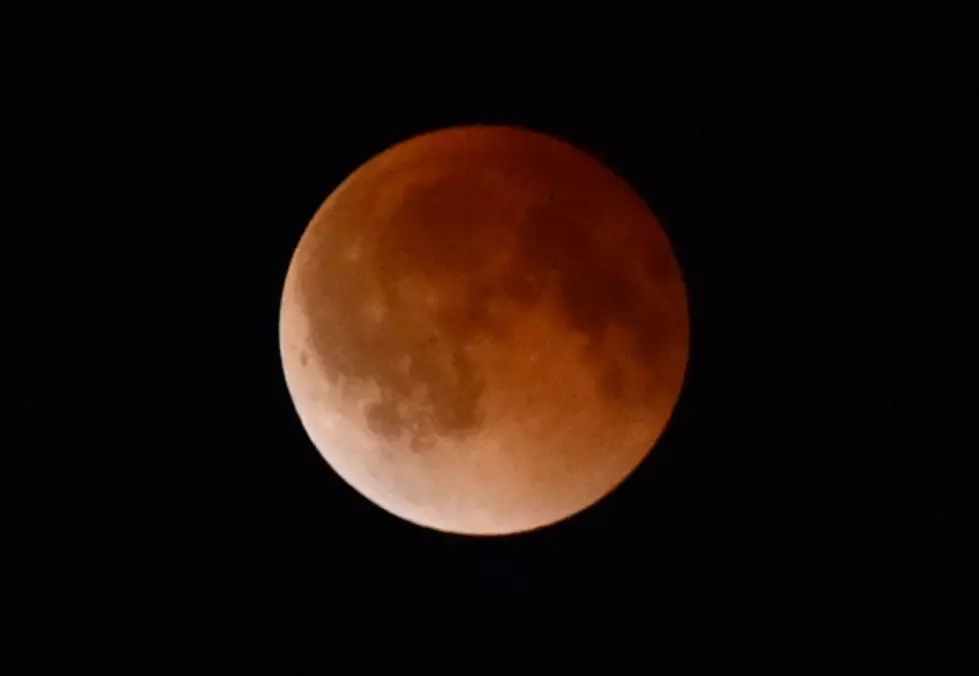
Supermoon Lunar Eclipse: Full ‘Blood Moon’ on the ‘Harvest Moon’ Sunday evening
The moon turns a reddish color in the earth's shadow during a total lunar eclipse April 15, 2014 as seen from Magdalena, New Mexico.
On September 27, 2015, skywatchers will enjoy a total lunar eclipse at “Supermoon”, when the Moon makes its closest approach to Earth and appears largest in the sky.
During a lunar eclipse, the Moon passes into the Earth’s shadow. But it doesn’t completely go dark.That’s because the Sun’s light is refracted and scattered forward through our atmosphere and onto the Moon’s surface. Red light scatters least, so the Moon often takes on a striking dull red or copper color during a total lunar eclipse.
The September 27 eclipse will be the fourth and last eclipse of a tetrad, a series of four consecutive total lunar eclipses over two years. The first three were on April 15 and October 8 in 2014, and April 4, 2015. During this final eclipse of the tetrad, the Moon will appear nearly 13% larger than the total lunar eclipse of April 4, 2015, which occurred when the Moon was at its furthest from Earth. The April 4th eclipse lasted less than five minutes, but the September 28 “Supermoon” eclipse will last some 72 minutes. The eclipse will be visible from beginning to end in central and eastern North America, all of South America, and western Europe. In western North America, the Moon will rise as the eclipse is in progress.
Some call the reddened Full Moon at eclipse a “Blood Moon”. Since this eclipse occurs at a “Supermoon”, some may no doubt call this a “Blood Supermoon”. But whatever you call it, this will be an event to remember! Use the table below to understand the different stages of this eclipse, and specifics on what time to watch. -'train' \m/\m/
WANT TO LEARN MORE? [WATCH VIDEO's BELOW]
Supermoons occur when the moon reaches its full phase at or near the satellite's closest approach to Earth, and appears abnormally large and bright as a result. The Sept. 27 event is quite special; the last supermoon eclipse occurred in 1982, and the next won't take place until 2033.
What Is The Full Moon? Does It Really Cause Insanity? (Play Video)
More From Sasquatch 107.7 - The Rock of Rochester









